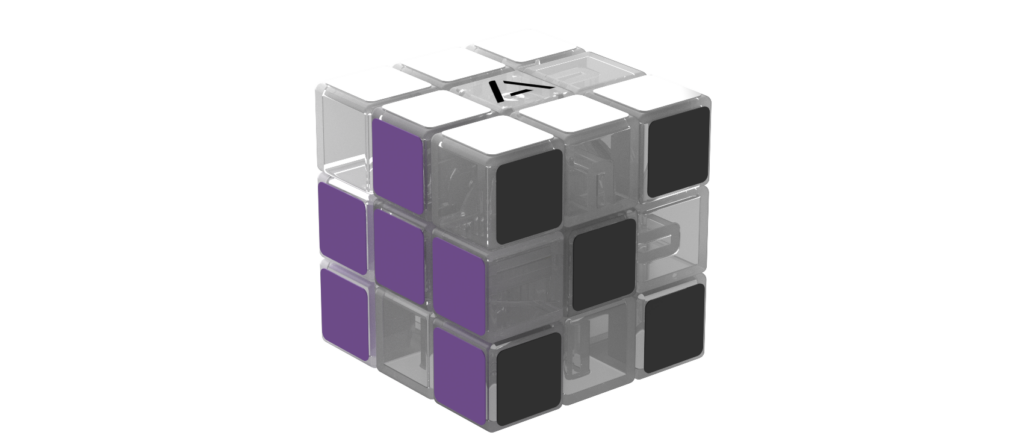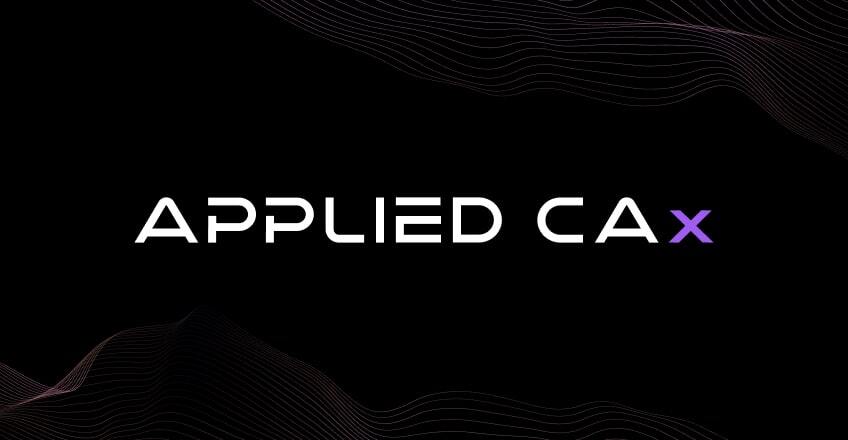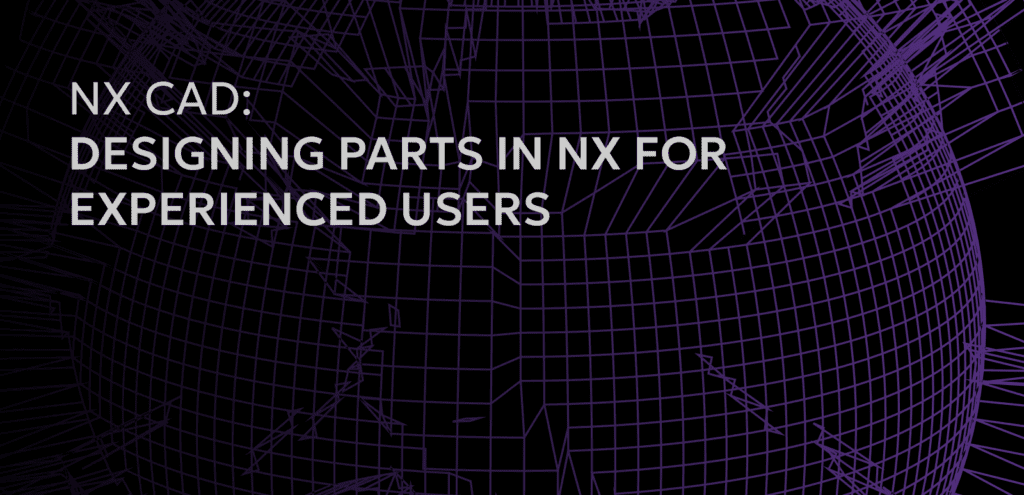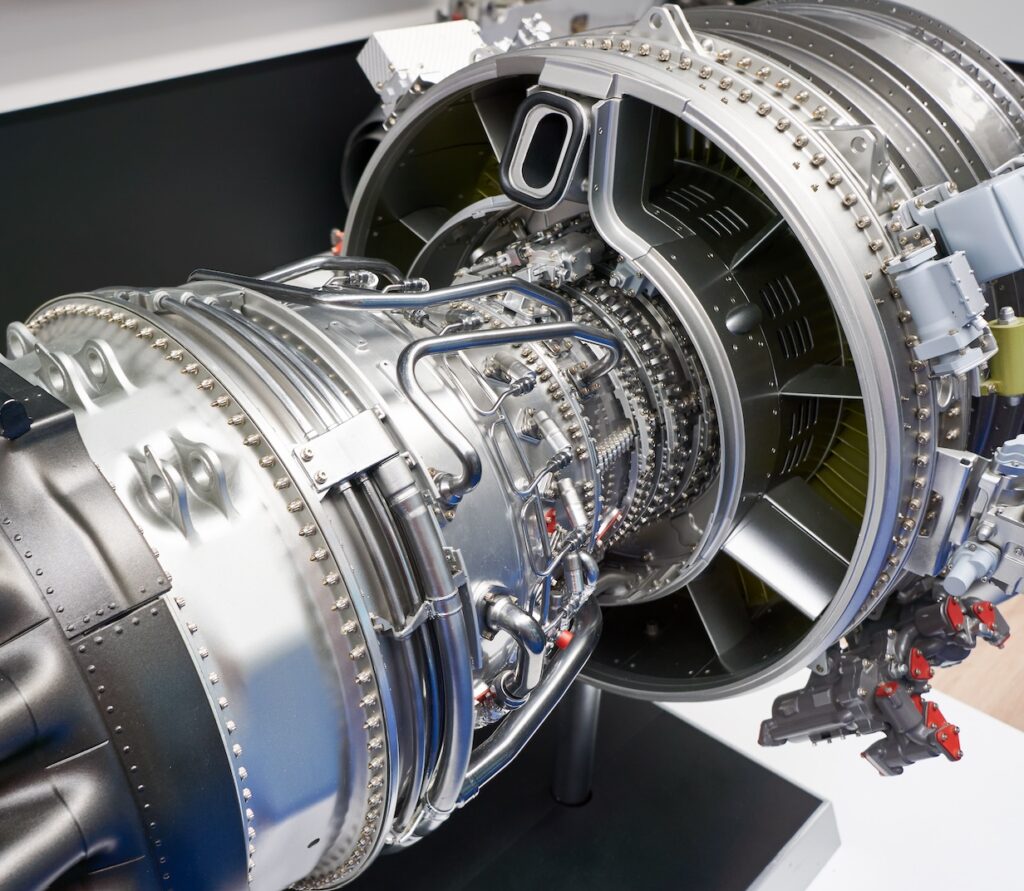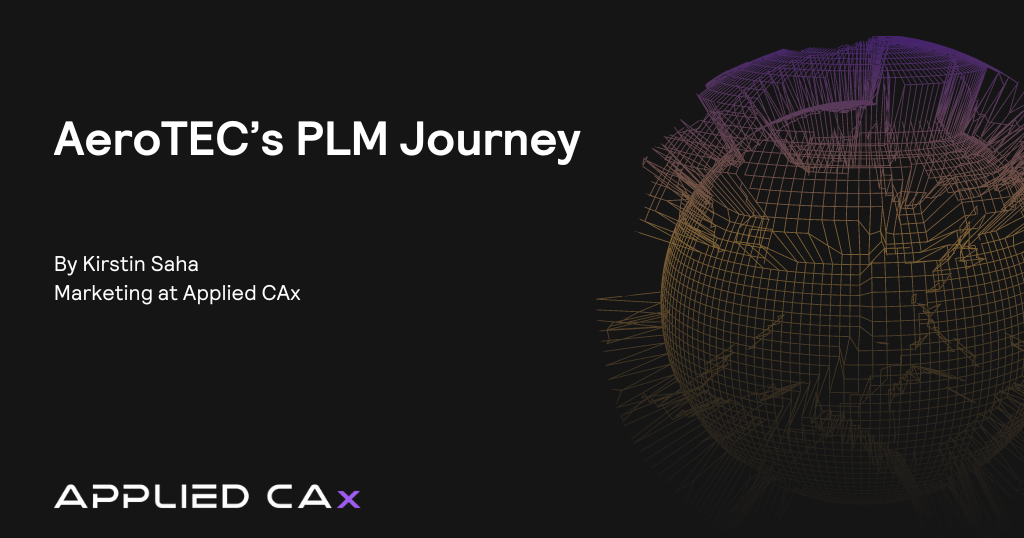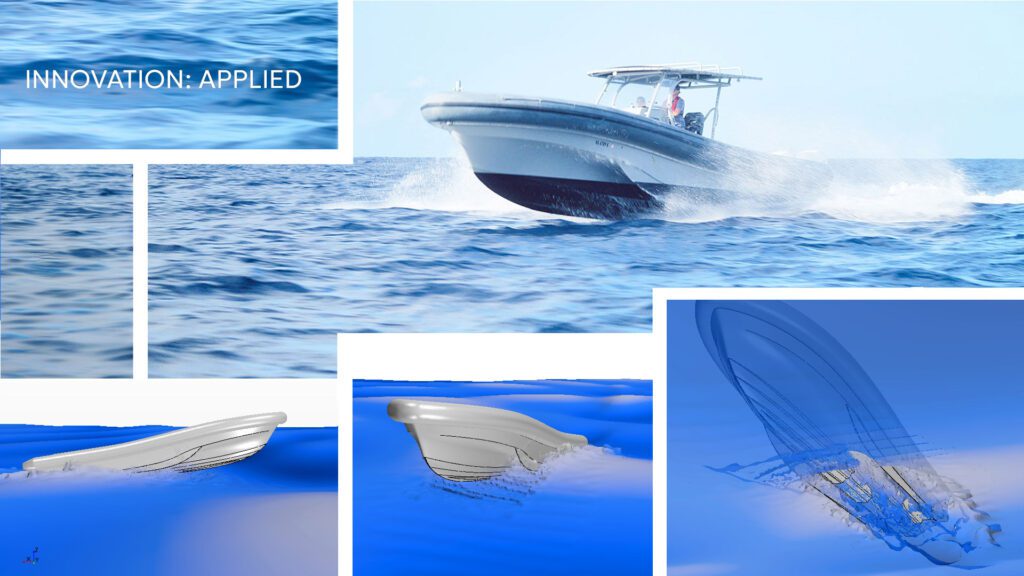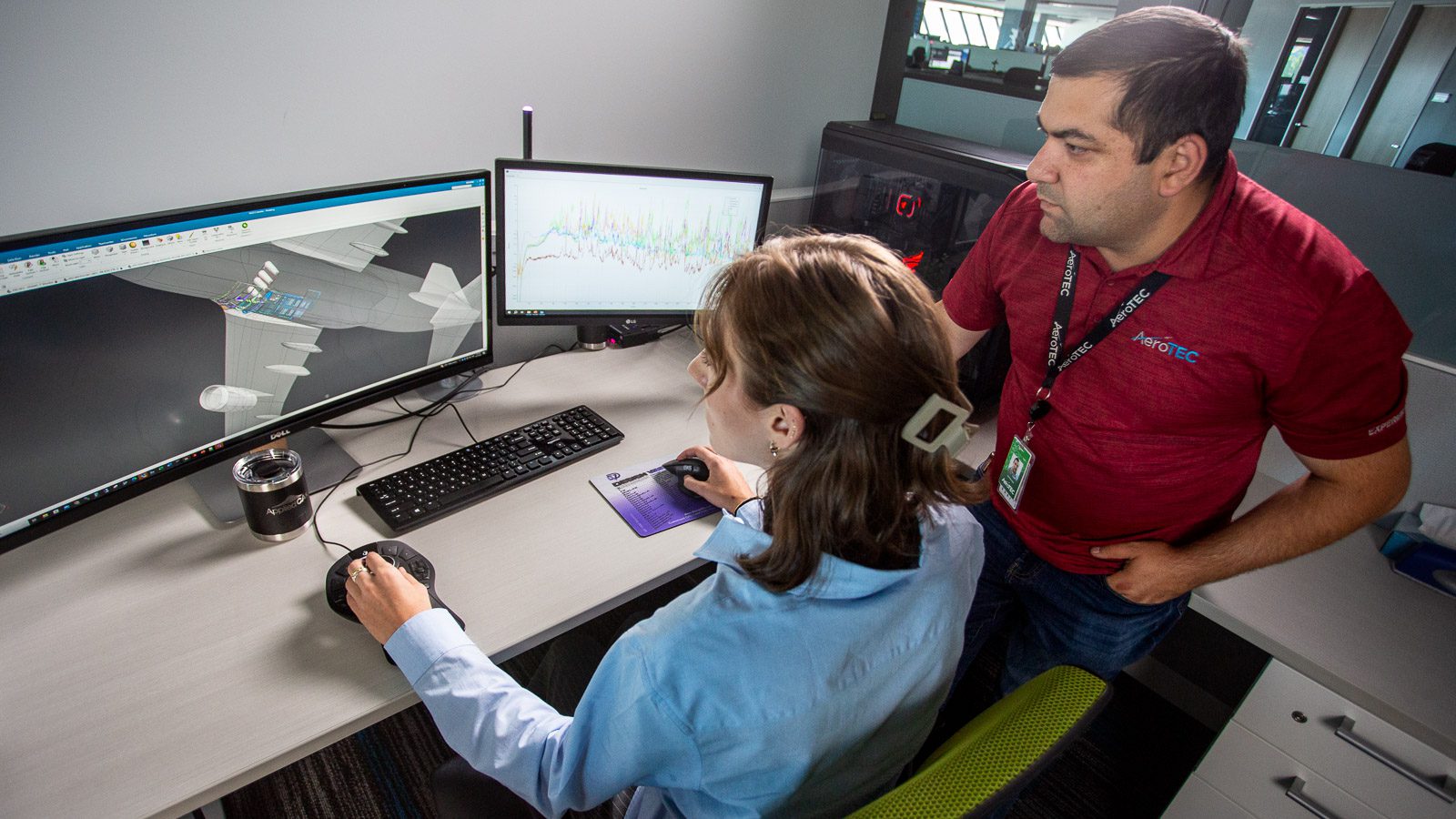AeroTEC is an aerospace engineering and testing company that specializes in the engineering, certification, and testing of aircraft and related systems. Headquartered in Seattle, Washington, their main engineering office is located just north of Boeing Field. They also have three additional campuses: the AeroTEC Flight Test Center in Moses Lake, Washington, a Manufacturing Center in Arlington, Washington, and an Engineering Center in Wichita, Kansas.
AeroTEC helps companies around the world design, test, and certify new aircraft and aerospace products, including hybrid/electric, hydrogen technology, supersonic, and eVTOLs, leveraging their integrated assets to help their innovative customers bring their products to market quickly and efficiently.
The Catalyst for Change
The aerospace industry is changing and evolving rapidly. AeroTEC recognized the need to lean into new technologies and a digital transformation strategy, or risk being disrupted themselves. With goals to be a leader in the space that drives extreme levels of value for their customers and internal stakeholders, the team at AeroTEC recognized they needed to be at the forefront of it, or risk being disrupted themselves.
Dale Goulding is the Chief Development Officer at AeroTEC. “The whole aerospace powertrain system is being disrupted in front of our eyes, whether that’s with purely battery electric systems, hybrid systems with turbo generators and batteries, or hydrogen fuel cell systems,” says Goulding. “It’s clear that we’re on a fundamental trajectory that’s going to change the way that aerospace products are developed, certified, and operated in service. With the whole digital thread, digitization of industry in general, and Industry 4.0, all these new technologies are coming to the fore. I think there’s a really nice kind of symbiosis between AeroTEC’s approach, which is looking to do things differently.”
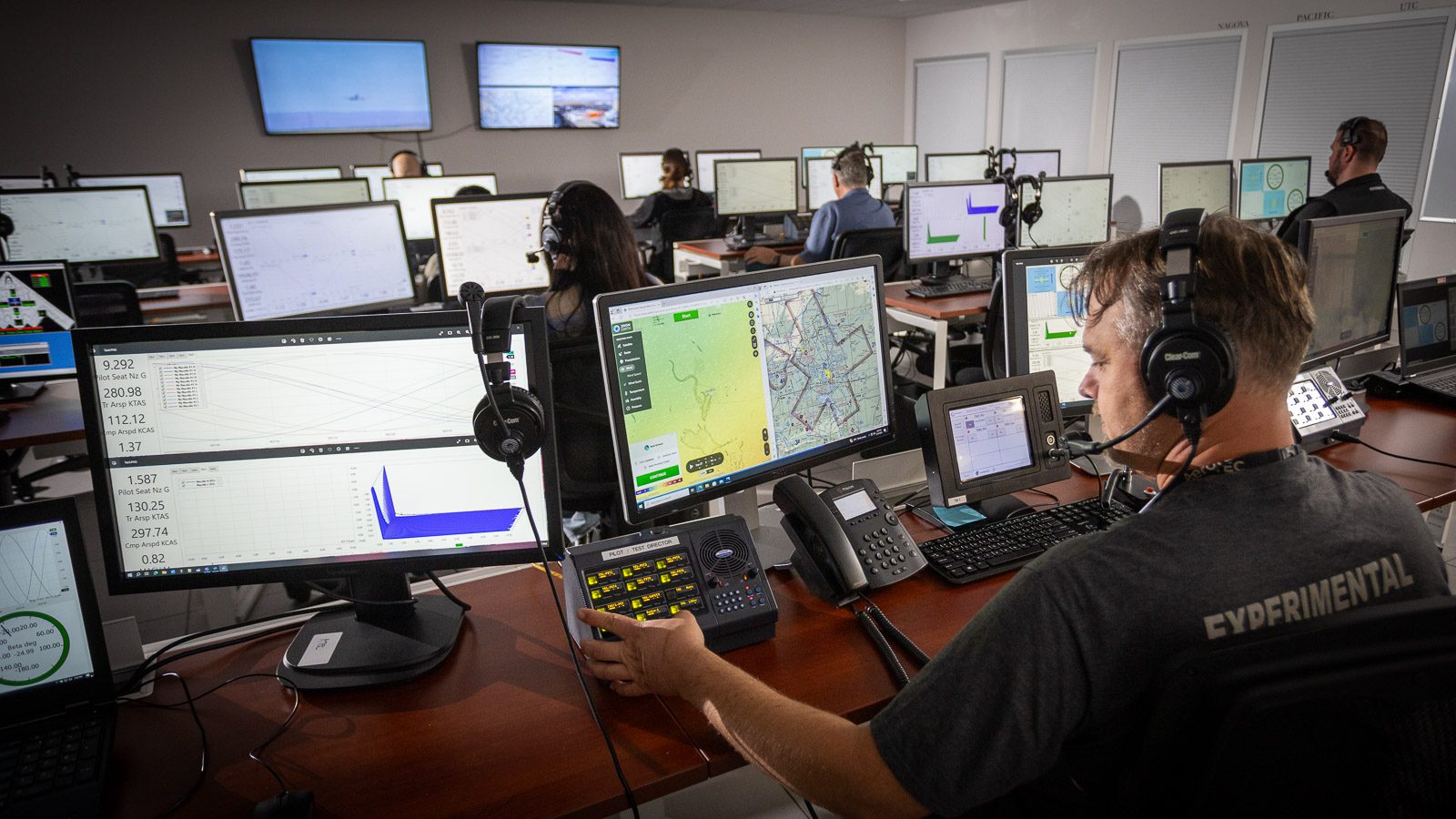
Embracing digital transformation
Unencumbered by legacy tools, software, and integrations that are challenging to unstitch, AeroTEC has been able to leverage the latest technology and leapfrog issues that more established companies may suffer from. As a smaller company, they’re able to be agile and adapt, staying nimble in order to evolve.
AeroTEC has adopted multiple Siemens software solutions throughout the design lifecycle including NX, Teamcenter, and a range of Siemens Simcenter Tools for advanced simulation applications. They utilize STAR-CCM+ for CFD analysis, Simcenter Femap for FEA, Simcenter 3D, and Amesim for 1D system simulation and system performance analysis.
Taking a model-based approach to their engineering design, they implemented Siemens Teamcenter to manage the entire product lifecycle and maintain configuration control. As their team performs design, analysis, and simulation work, the resulting data sets are stitched together and integrated through Teamcenter so they can be shared across departments such as manufacturing, quality, and supply chain.
Teamcenter is leveraged for the overall repository of all of their design data. Not just limited to CAD models, but also analysis, reports, and other attributes and various documentation are going into their Teamcenter PLM as well.
AeroTEC’s PLM Journey
Before implementing Teamcenter, AeroTEC was leveraging file and folder-based storage for the management of their CAD data. Post implementation, AeroTEC began to look forward in their PLM footprint, exploring various options within the Xcelerator portfolio. While many of the products were of interest, the immediate needs were focused on, digitalizing the Change Management process and how they handled ITAR-restricted data. It also provided simpler control of user access to different types of data, as well as useful data and metrics regarding design progression and schedule integration.
Future projects will be focused on streamlining their internal processes and moving towards a fully digital thread.
Connecting digital threads
Up until recently, AeroTEC utilized two CAD systems. Deciding to further invest in the Siemens ecosystem, they decided to focus on NX, which allowed them to invest in standardizing processes, policies, and templates.
“Overall, converging around a single source of not just CAD system, but overall PLM system, has helped us to standardize, be more efficient, keep the data native, not have to translate it and transform it into different formats and overall that just translates to faster product development.” – Dale Goulding
Converging around one CAD system not only provided a native stream of information but allowed teams to be more agile. “Before, it was kind of somewhat segregated in that designer A could not work on project B because that one was using CATIA. Now, it’s all in NX and we can move our resources around on different projects and products much more rapidly and seamlessly,” says Goulding. “I think overall, converging around a single source of not just CAD system, but overall PLM system has helped us to standardize, be more efficient, keep the data native, not have to translate it and transform it into different formats and overall that just translates to faster product development.”
The Partnership with Applied CAx
“Bringing a PLM system into any company for the first time is a long road,” says Todd Leighton, Director of Experimental Products at AeroTEC. “It’s not something that you can take on lightly, and Applied has brought a lot of that experience to say, ‘This is what we’re seeing our customers do.’ And it’s very helpful to have somebody that has walked through this with more than just one customer and has seen where it needs to be at the end.”
“Working with the Applied team has been a real pleasure and not just from the business development side of things and explaining the value proposition, but on a technical level,” says Goulding. “It’s very clear that Applied has great bench depth in terms of the people that they brought in.”
More from AeroTEC: https://aerotec.com
